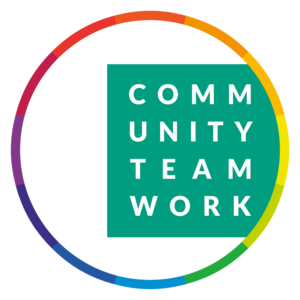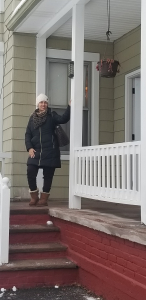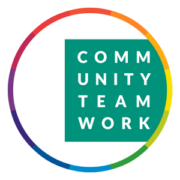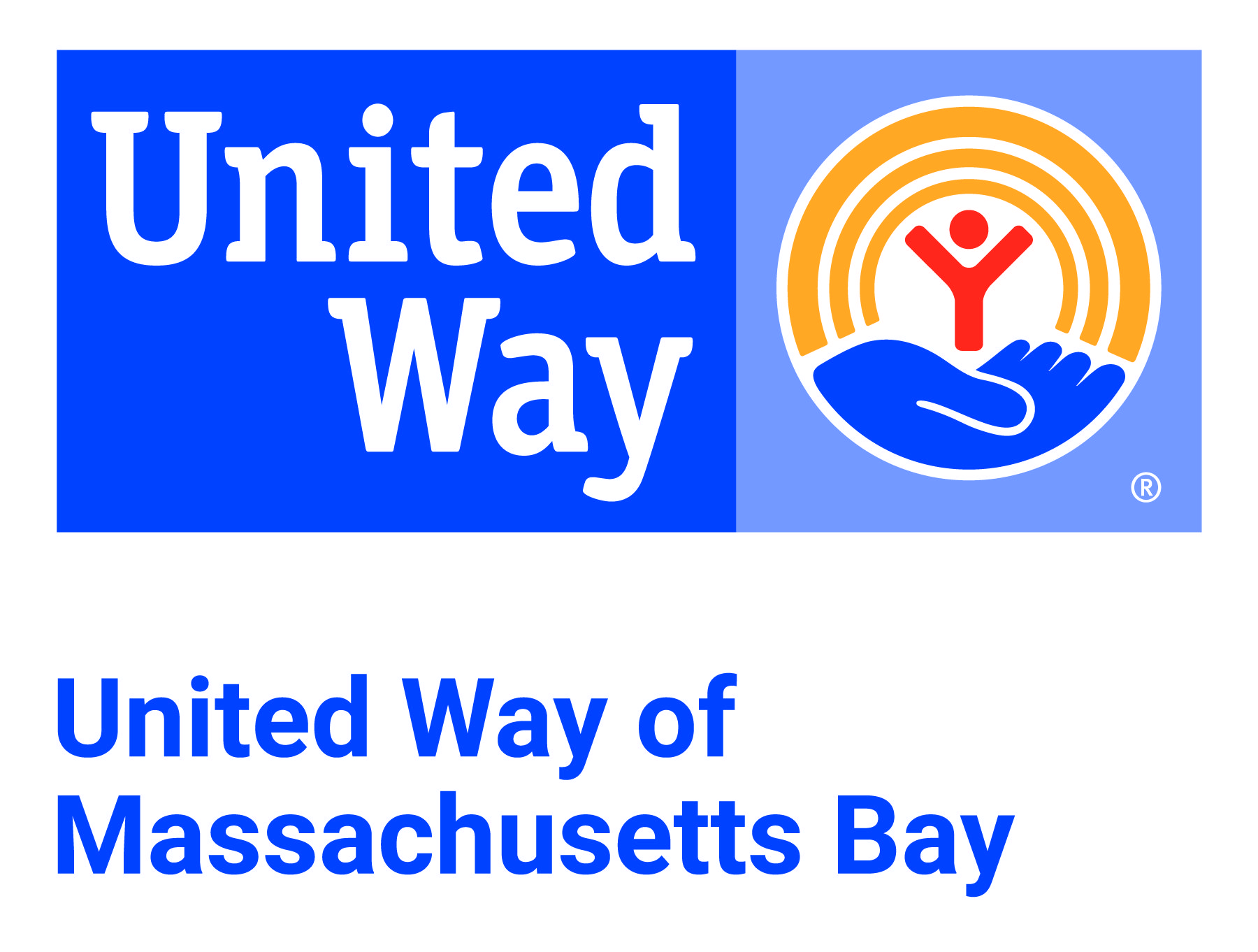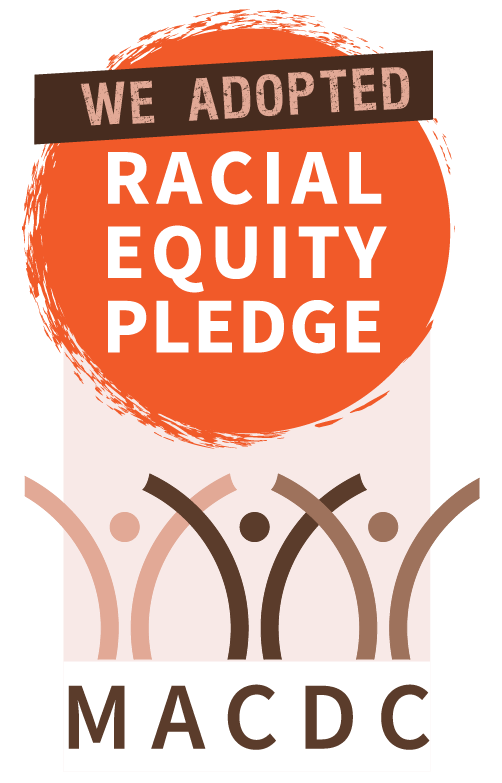Pam Houlares is a native Bostonian born into a large Greek family. She grew up in a large extended family with aunts, uncles and cousins in the Boston area. Both sisters, including her twin, experienced a strong bond with their Greek culture and identity. After graduation from UMass Amherst, Pam’s older sister became a nun in Greece and has lived there for about 50 years. Her twin sister, Natalie, is a real estate broker with Sotheby’s in Boston.
In Pam’s 37 years in education, she began as a Spanish teacher, Curriculum Coordinator, and ultimately, a Principal of Jonas Clarke Middle School in Lexington, MA. After retirement, Pam worked in two colleges as an Adjunct Professor instructing courses in administration and continues as a Spanish tutor in her home -town.
During 2016 – 2020, Pam served as the President of the Hellenic Women’s Benevolent Association, a non-profit that oversees the Hellenic Nursing Home in Canton, MA. In fact, Pam’s mother, Jennie, was one of the founders of the nursing home in 1973. Pam continues to serve on the Board of Directors at the Hellenic Home.
Pam and Jim have four grandchildren, James, Conor, Catherine and Theodore, who live nearby, Aside from some babysitting, Pam and Jim feel very fortunate that they are very close and celebrate holidays and family events together.
Pam’s husband, James, has devoted his entire career to early childhood education. Jim displays that same enthusiasm and love of children to this day, and is adored by his children and grandchildren, alike. Both Pam and Jim are pleased that to continue to be a part of the CTI family and have contributed greatly to the Early Education programs at Community Teamwork.
James Houlares was born and raised in Auburn, Maine, He has a twin sister and also married a twin who has a twin sister as well. James has an older and younger brother as well. James and Pam have been married since 1974 and lived in Wellesley and now South Natick. They have two children, Nathaniel and Elena, named after my father-in-law and mother. Nathaniel and Christina have two children, Catherine (2.5 years old) and Theodore (7 months). Elena and John have two children, James (9) and Conor (7).
In1962, Jim arrived in Boston to attend the Hellenic College and Holy Cross School of Theology to earn a Bachelors and an advanced degree. His studies continued at the University of MA in Amherst where he earned his Masters. Jim’s first job with Head Start was as a teacher in Lewiston, Maine 1969 – 1971. After earning his Masters, in 1973, he was hired as an Education Coordinator at the Head Start program at Community Teamwork. At that time, CTI served 120 children in six classrooms. When Jim retired in 2005, the Agency served more than 516 Head Start and Early Head Start children.
During Jim’s 32 years at Community Teamwork, he was involved with many challenging and exciting initiatives including:
MA Education Coordinators Association
CDA Advisor and Instructor
State Supplemental Funding for Head Start Programs
Planned and designed the James A Houlares Early Learning Center in Lowell
Chaired the State Head Start Association
Hiring the First Executive Director of the MA Head Start Association
Chaired the New England Head Start Association
Jim presently serves on the following boards: New England Head Start (NEHSA), National Head Start (NHSA), and the Thom Child and Family Services.
Jim is forever grateful to Community Teamwork Inc. for the opportunities it offered to him in the field of early learning and care for children and families, and Community Teamwork is forever grateful to Jim for his contributions to the field of Early Learning and his additional contributions to Community Teamwork over the past few years.
